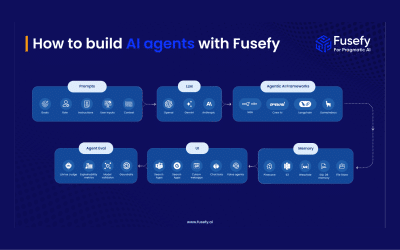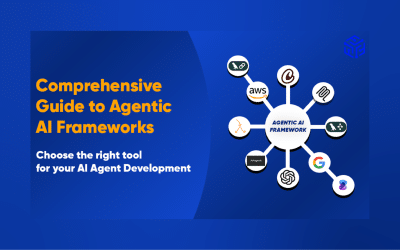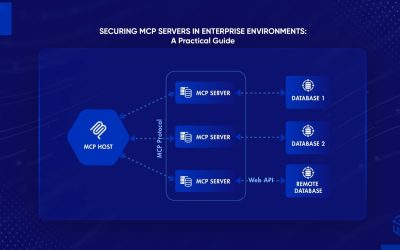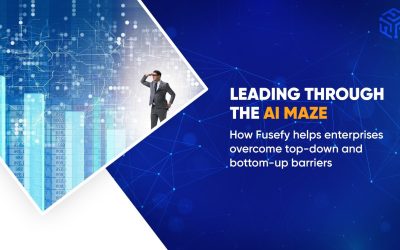Discover Fusefy’s step-by-step process to build, deploy, and govern AI agents with speed, compliance, and enterprise-scale efficiency.
The Ultimate Guide to Building Agentic AI Apps on Google Cloud Platform for Free
Discover Fusefy’s step-by-step process to build, deploy, and govern AI agents with speed, compliance, and enterprise-scale efficiency.
How to Build AI Agents with Fusefy: A Step-by-Step Guide
Discover Fusefy’s step-by-step process to build, deploy, and govern AI agents with speed, compliance, and enterprise-scale efficiency.
Comprehensive Guide to Agentic AI Frameworks: Choosing the Right Tool for Your AI Agent Development
The landscape of Agentic AI frameworks exploded in 2024-2025, offering developers unprecedented choices for building intelligent, autonomous AI systems. This comprehensive guide examines the leading frameworks across three categories: open-source community projects,...
Securing MCP Servers in Enterprise Environments: A Practical Guide
As enterprises accelerate adoption of the Model Context Protocol (MCP) to connect AI models with internal tools and data, securing MCP servers has become a critical concern. With the rapid evolution of MCP clients like Claude Desktop, Cursor, and Windsurf, and the...
Leading Through the AI Maze: How Fusefy Helps Enterprises Overcome Top-Down and Bottom-Up Barriers
Fusefy empowers enterprises to break through top-down FOMO and bottom-up resistance, enabling strategic, people-centered AI adoption.





